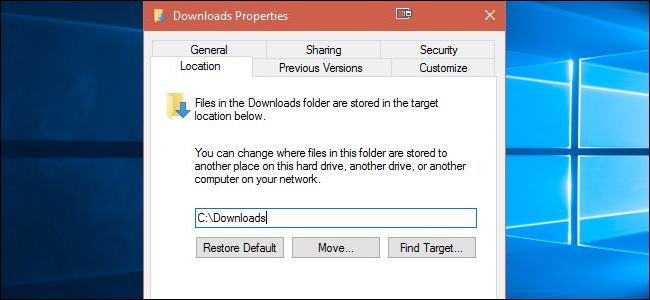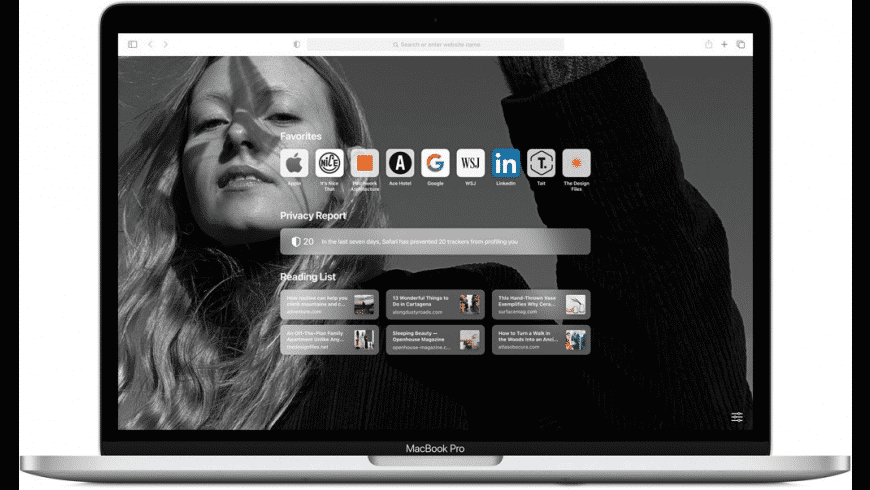

- #DEFAULT LOCATION FOR MAC 10.13.4 SCREENSHOT HOW TO#
- #DEFAULT LOCATION FOR MAC 10.13.4 SCREENSHOT WINDOWS 10#
- #DEFAULT LOCATION FOR MAC 10.13.4 SCREENSHOT SOFTWARE#
- #DEFAULT LOCATION FOR MAC 10.13.4 SCREENSHOT PASSWORD#
- #DEFAULT LOCATION FOR MAC 10.13.4 SCREENSHOT SERIES#
#DEFAULT LOCATION FOR MAC 10.13.4 SCREENSHOT WINDOWS 10#
This folder can be obtained by typing %appdata%\.minecraft\screenshots into the File Explorer address bar.įor the Windows 10 version of Bedrock Edition, press ⊞ Win + G to open the game settings overlay. minecraft\screenshots inside the AppData/Roaming folder. On Windows, screenshots are saved in the. Press ⇧ Shift + F3 to pull up debug screen with debugging charts. This shows coordinates, entity count, and other various things. In multiplayer it also hides the server chat and player nametags.ĭisplays the debug screen. Hides heads-up display elements such as the health bar, hunger bar, experience bar, and any held items. By default, the screenshots look exactly like the screen during regular gameplay. It is possible to change what features are included in the screenshot by pressing control keys. If multiple screenshots are saved within the same second, a revision number is appended to the file name (e.g., "_01.07.39_1.png" is the second screenshot taken at that time). For example, a screenshot taken on October 22, 2021, at 1:07:39 am gets named " _01.07.39.png". png files with a naming format based on the current date and time: YYYY-MM-DD_HH.MM.SS.png.

#DEFAULT LOCATION FOR MAC 10.13.4 SCREENSHOT PASSWORD#

When creating the MacOS VPN connection, use the Cisco IPSec option.
#DEFAULT LOCATION FOR MAC 10.13.4 SCREENSHOT SERIES#
The following series of screenshots show the settings that i have used to allow a MacOS client to connect to the VPN. The version of MacOS used in this article is “version 10.13.4”.The version of pfSense used in this article is “version 2.4.3”.
#DEFAULT LOCATION FOR MAC 10.13.4 SCREENSHOT SOFTWARE#
No addition software is required on the MacOS client. It does require a shared key to ensure a higher level of security. Tip: This setup requires no certificates. The creation of the RADIUS server is not included in this HowTo but the pfSense settings to use the RADIUS server is included. In this article, we’ll be using a RADIUS server (for authentication). Unfortunately I could not get IKEv2 to work.
#DEFAULT LOCATION FOR MAC 10.13.4 SCREENSHOT HOW TO#
This article shows how to configure pfSense to allow MacOS devices to connect using IPSec (IKEv1).


 0 kommentar(er)
0 kommentar(er)
